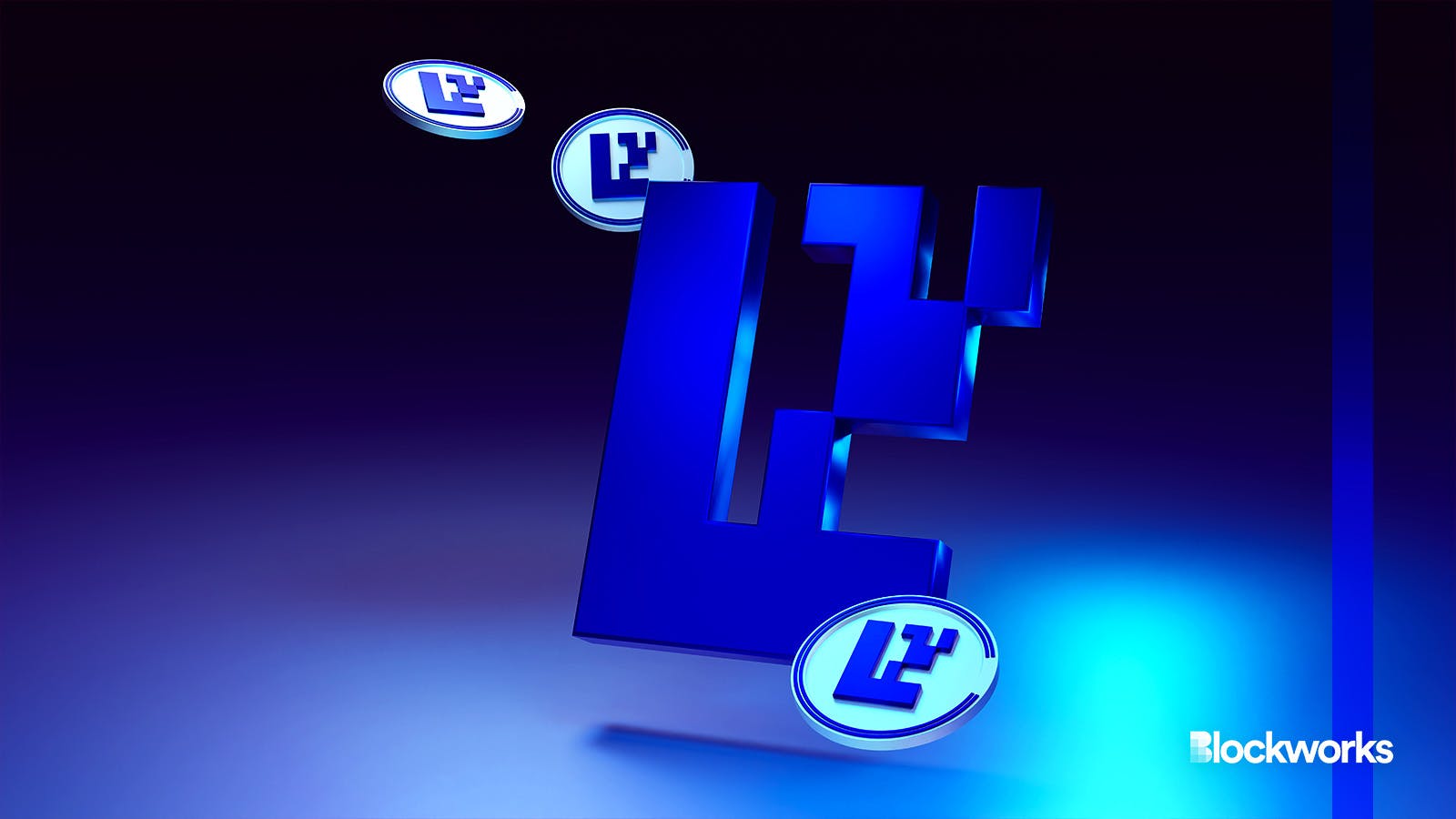Restaking platform EigenLayer ‘flips’ Aave in TVL
EigenLayer’s TVL has reached $11.24 billion, per DeFiLlama

CryptoFX/Shutterstock modified by Blockworks
The total value locked (TVL) of restaking protocol EigenLayer has surpassed that of popular decentralized finance protocol Aave, making it the second largest protocol by TVL.
This comes after EigenLayer’s decision to temporarily remove deposit caps on its network.
At the time of writing, the TVL for EigenLayer sits at $11.24 billion, while the TVL for Aave is at $10.7 billion, according to information available on DeFiLlama.
Read more: EigenLayer TVL soars after deposit cap removed
The TVL “flip” has drawn in commentators who raise the question about whether or not staking, or liquid staking, should be included in a protocol’s TVL if staked native assets are generally not included in the count.
On a DeFi protocol like Aave, TVL incorporates the total amount of tokens deposited into a smart contract and used as collateral to borrow and earn yield. In this case, borrowed coins are not included in the TVL to prevent inflating the TVL.
However, on EigenLayer, users can participate in securing the network and earn extra rewards by depositing already native staked ETH or liquid staked ETH into the network’s smart contracts and subjecting them to slashing conditions.
Carlos Mercado, a data scientist at Flipside, told Blockworks that TVL is designed to be an economic way to measure participation. He notes that it is important to differentiate between native assets such as ETH from synthetic versions of the same asset, like wrapped ETH or staked ETH.
Read more: Is it time to drop TVL as a DeFi metric?
“If you don’t adjust for this, you get into an issue of inflating the chain’s TVL, since the same token can be counted multiple times over,” Mercado said.
This logic can also be applied to protocol-specific TVLs, he said. Adding that EigenLayer itself is restaking, meaning that depositing stETH or cbETH could be considered triple counting TVL.
Blockworks Research analyst Ren Yu Kong notes that TVL has historically been used as a metric to measure the total amount of assets in a smart contract.
“One could count staking contracts with withdrawal credentials pointed towards EigenLayer’s contracts as a version of smart contracts, and thus EigenLayer TVL would count as TVL in the common sense,” Kong said.
Get the news in your inbox. Explore Blockworks newsletters:
- The Breakdown: Decoding crypto and the markets. Daily.
- 0xResearch: Alpha in your inbox. Think like an analyst.






